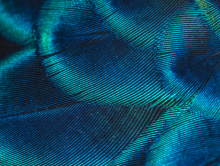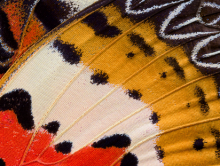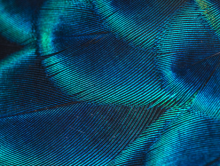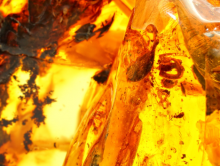Introduction to Biodiversity Specimen Digitization
The aim of this free, online Digitization Academy course is to empower participants with the knowledge and skills to (1) identify and describe relevant facets of information or potential information related to biodiversity specimens, (2) identify and describe common digitization protocols and best practices related to transcription, imaging, and georeferencing, (3) identify downstream uses that are relevant to digitization decision-making, (4) recognize basic principles of data management including the importance of identifiers













